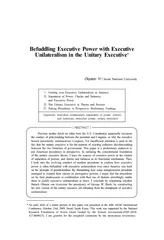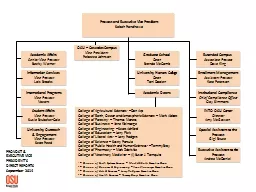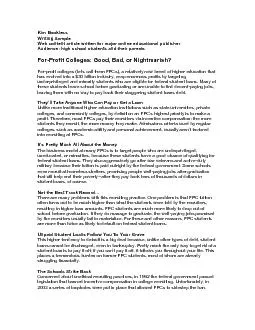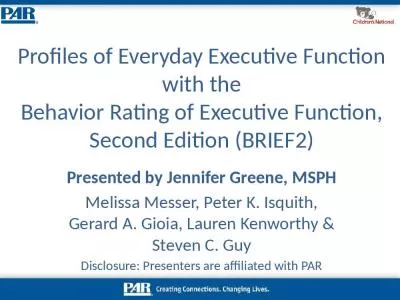PDF-EXECUTIVE COMPEN
Author : danika-pritchard | Published Date : 2016-03-01
SATION EMPLOYEE BENEFITS CLIENT PUBLICATION May 42015 SEC Proposes LongAwaited Pay for Performance Rules On April 29 2015 in a 32 vote of commissioners cast along
Presentation Embed Code
Download Presentation
Download Presentation The PPT/PDF document "EXECUTIVE COMPEN" is the property of its rightful owner. Permission is granted to download and print the materials on this website for personal, non-commercial use only, and to display it on your personal computer provided you do not modify the materials and that you retain all copyright notices contained in the materials. By downloading content from our website, you accept the terms of this agreement.
EXECUTIVE COMPEN: Transcript
Download Rules Of Document
"EXECUTIVE COMPEN"The content belongs to its owner. You may download and print it for personal use, without modification, and keep all copyright notices. By downloading, you agree to these terms.
Related Documents














